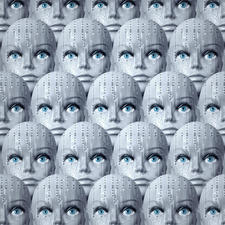Debian Clone
Cloning a Debian System with apt-clone

© Csaba Deli, 123RF.com
Under the right circumstances, apt-clone can be a simple option for cloning your Debian system.
A new system, container, or chroot jail can be created in a few minutes. However, configuring any of them can take hours, especially if you want them to resemble existing systems. Numerous cloning applications exist, notably dd, Partimage, or Clonezilla, but on Debian-derivatives, such as Debian Ubuntu or Linux Mint, one the simplest tools is a small script called apt-clone. Apt-clone is vaguely reminiscent of Clonezilla, but has the advantage of simplicity because it uses standard command-line tools and basic commands. Apt-clone can also be used as a convenient backup.
Apt-clone belongs to the cluster of small scripts that center on apt-get and apt and their management or ease of use. New members of these scripts are always appearing and occasionally disappearing, so the Debian stable repository contains 54 of these scripts and Debian unstable repository 64 -- a figure that might very well increase before the next official release. Apt-clone itself is over a decade old, which is time enough for its use to spread quietly. Most Debian derivatives include apt-clone in its repositories, but you can also download the source code from GitHub. As I write, though, the latest couple of Ubuntu releases contain a version of apt-clone that appears to have version incompatibilities. In general, though, do not be concerned if you notice that the most recent contributions are a couple of years old. The fact is, git-clone is so simple, and mature enough, that the code rarely needs to be updated.
Creating the Cloning File
[...]
